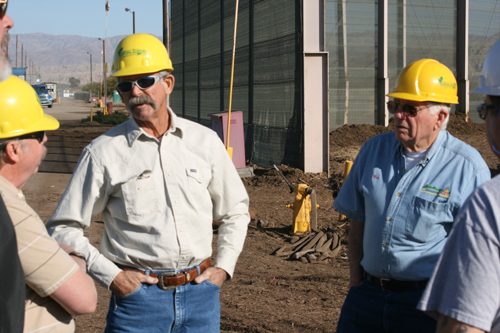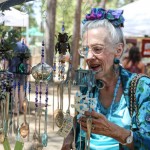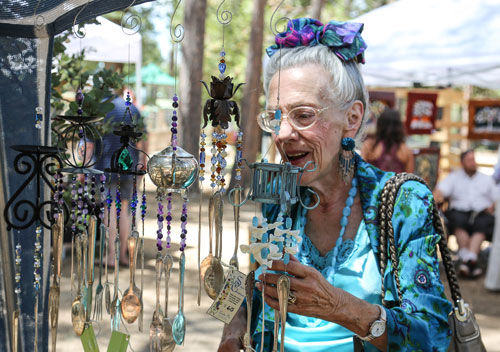
On the Mountain Communities Fire Safe Council’s list of 2012 goals and objectives is the construction of a biomass fuel facility that would enable the Hill to use its waste wood for energy.
While the completion of this project is overly ambitious in the next 12 months, Michael Esnard, FSC President, believes its investigation and research is a very important component of the council’s mission to protect the Hill from catastrophic fire.
“I’ve seen some small scale stuff,” Esnard said. “A feasibility study this year is the first step. Good numbers will tell whether it’s feasible or if the economics don’t work.”

One of the FSC’s first steps was to visit the Colmac Energy plant in Mecca, Calif., just south of Indio. Six directors and Executive Director Edwina Scott toured the facility on Jan. 18. Several directors are researching the issue and options for a biomass plant appropriately sized for the Hill and the process for selling the electricity.
Biomass energy is the use of forest products — trees, brush and slash — and waste wood products — pallets and construction waste — burned to produce steam to turn turbines to produce electricity. If the wood waste were not burned, it would likely be shipped to landfills or burned in the open, such as on farms.
The Colmac Energy facility produces about 47 megawatts of electricity annually. All of its electricity is sold to Southern California Edison for distribution. About 12 percent of total electrical production is retained to operate the plant.
“I would be happy producing enough energy for [Idyllwild School] instead of shipping the wood off the Hill,” Scott said. “Let’s use it.”
The plant in Mecca has been operating since 1992 and burns about 325,000 tons to generate that much energy. Last year, Greenleaf Power of Sacramento purchased the facility from its original owners. Greenleaf has two other California biomass-fueled plants, a 30-megawatt plant in Wendel and a 28-megawatt plant in Scotia.
While this plant cost $150 million to build, the potential Idyllwild facility would be much smaller. Esnard and Scott have identified several state and federal sources of grant money to encourage biomass utilization.

Idyllwild, Big Bear and Lake Arrowhead provide biomass for only about 15 percent of the plant’s fuel. The rest is construction waste from other Southern California localities, according to Danny Skelton, the plant’s senior shift supervisor.
Colmac has its own truck fleet to fetch and bring wood to the plant. Skelton said they can use whole logs or chips. Nearly 95 percent of the wood is converted to energy. The remainder is wood ash, collected and disposed, and used even for road construction.
“These plants are extremely expensive to operate and very labor intensive,” Skelton told the FSC team. “Fuel is actually the largest operating expense. It’s waste. They [the waste owners] would have to pay to get rid of it but we’d have to buy it.”
Skelton proudly shared that Colmac Energy has yet to receive an air quality violation in its 20 years of operation.














What an ugly building. Why would you want to put one of those here?????? The plant in the article is in the middle of nowhere for a reason (take a look at the picture of it). Some of you people need to get off the drugs your taking if you want to put one of these monstrosities in Idyllwild.
get that Idyllwild artist that paints owls and deer on propane tanks, to do a woodsy mural. In Manhattan Beach and El Segundo they have an eye sore plant for water treatment, so they have a tall mural with blue whale paintings.